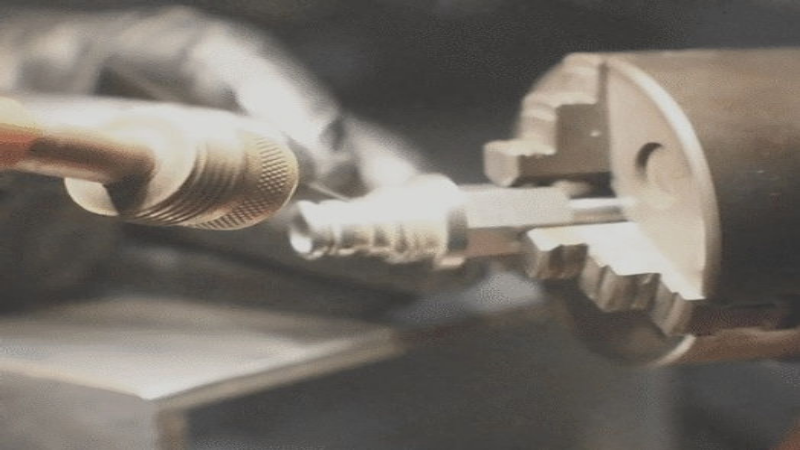Whether an organization requires 5-axis or 3-axis Plastic CNC routing in the Washington area, advanced technology within the constrained tolerances for production allows the routing of designs that could be defined as complex. Once the design comes in, both 2 and 3-dimensional part forming can begin. Customers should expect nothing but the highest quality, and with the consistency of Henry Ford’s T-model methodology.
Routing services get to the bottom of specific product creation using programming talents, immense creativity, and quick feed ratings – all play an important role in pushing out equipment. However, without the use of technology capable of keeping quality uniform across every step, Plastic CNC routing in Washington would fall flat. The axis routers make use of multiple-axis robotic heads to mill, cut, and shape varying surface material at tight angles. These heads can really get into the smallest areas for strict precision.
CNC milling with plastic routing handles pressure-formed parts while also producing post-bend trimming of temperature-controlled parts, and injection molding. These are the types of projects that a 5-axis CNC machine can create. On the other hand, 3-axis routing turns flat sheets into 2-dimensional outputs and is typically best for crowning edges, forming holes, driving counter-bores, and shaving prefabricated blanks.
Having a plastic machine part routing service as a partner opens the door to a myriad of capabilities such as rapid prototyping, thermoforming, 3-D design, reverse engineering and precision die cutting. Lead time between design and completion is often shortened, and the quality is similarly astounding.
